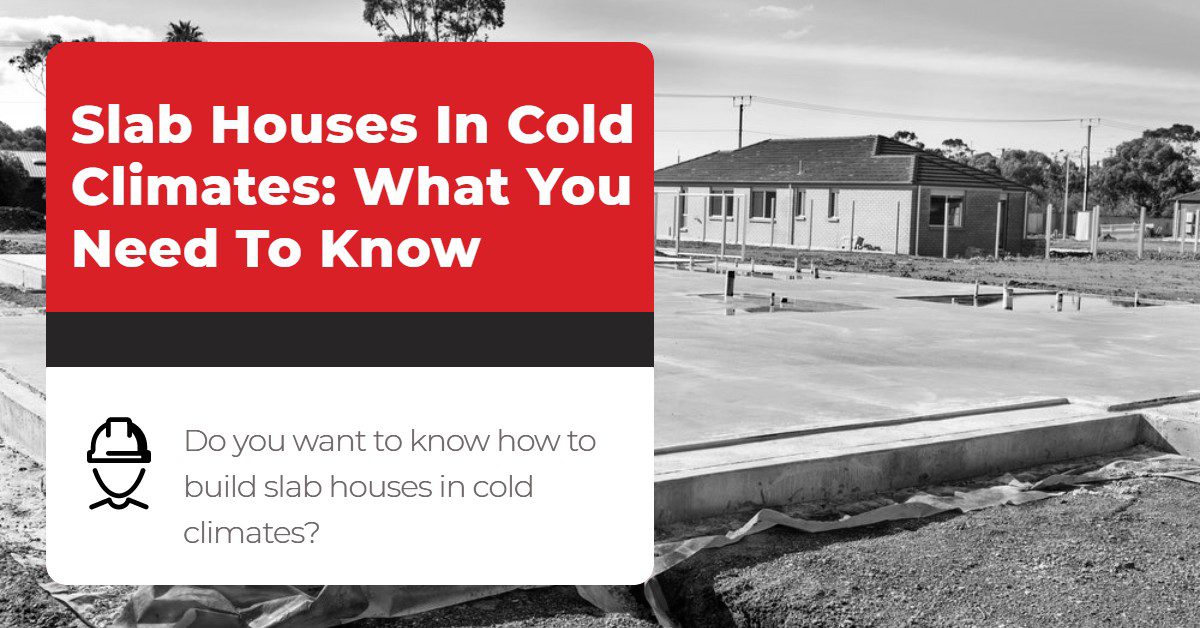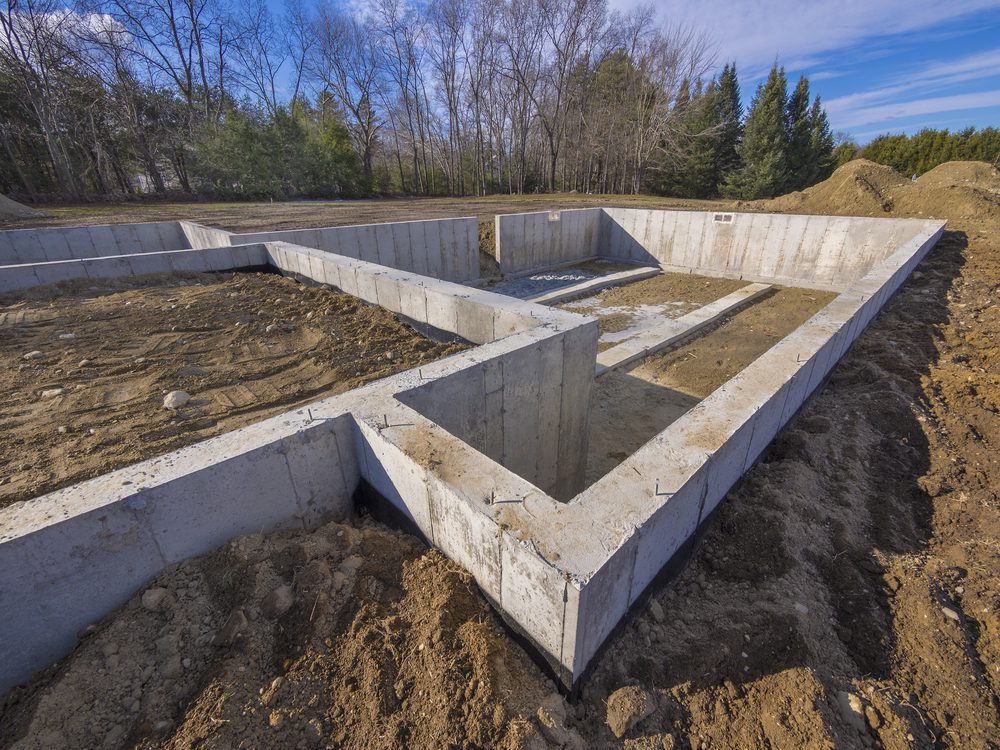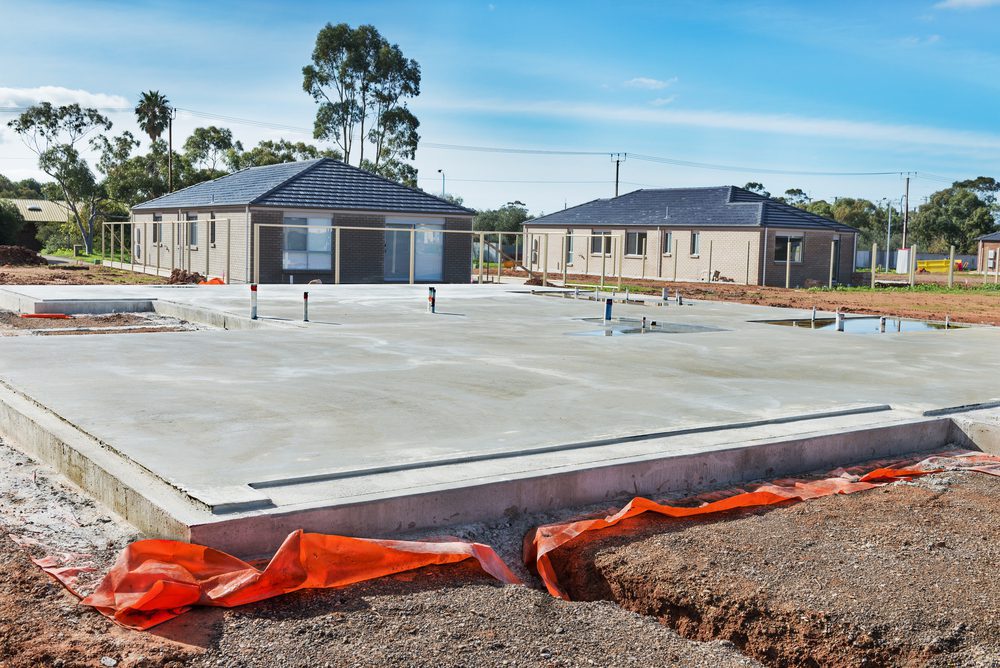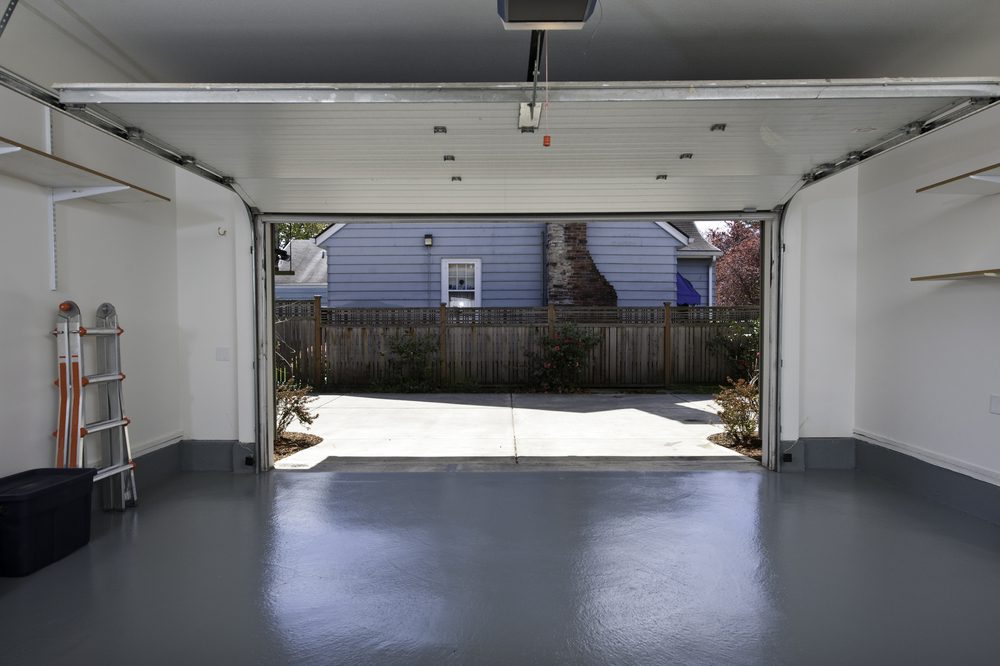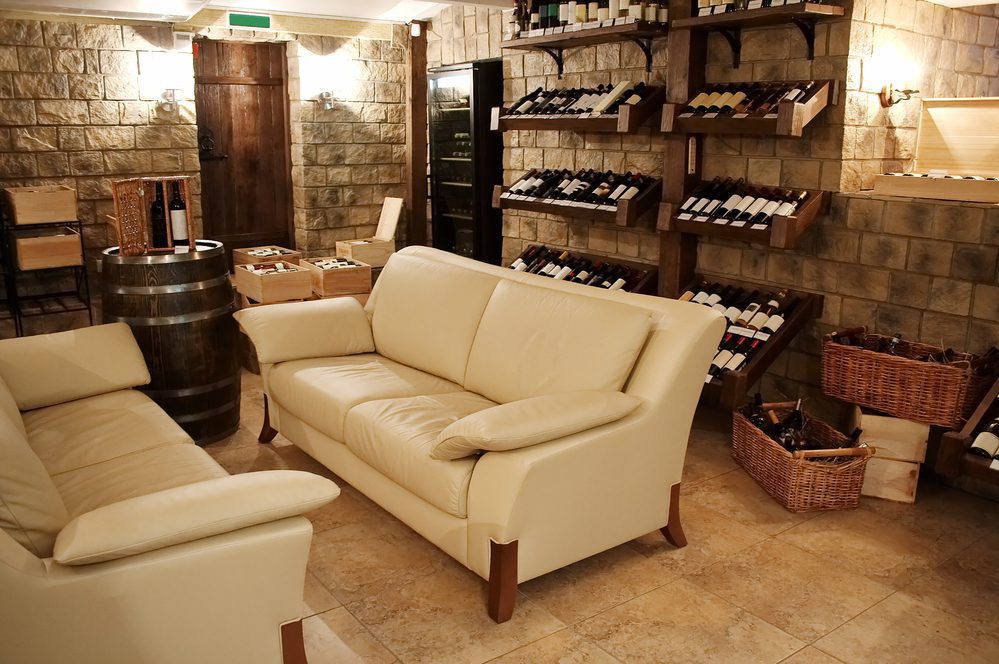Do you want to know how to build slab houses in cold climates? Should you build a basement foundation instead of a slab on grade? What’s the best building technique for colder temperatures? Follow along! This article will discuss how slabs are best built, insulating slabs, and the difference between heated and unheated buildings.
Slab Houses In Cold Climates
One of the questions builders have when deciding on the foundation of a northern home is how the slab will handle the cold? Or how will a slab handle being below the frost line (the point where groundwater in the soil freezes)?
Contractors thought building a basement in cold climates saved the homeowner more money, especially if they dug below the frost line at 36″. But thanks to new research, you don’t have to dig so low. For the past 50 years in Europe, Canada, and the United States, a new method has been used that allows builders to build the perfect slab house in a cold climate. It’s called Frost-Protected Shallow Foundations (FPSF).
Slab House vs. Basements In Cold Climates
Building a basement usually requires three visits from a concrete truck, once to pour a footing, once to pour the walls, and once to pour the basement floor. Once the basement is completed, contractors must build another subfloor on top. A home built on a slab foundation has a lower risk of flood damage and looks better for insurance companies. Basements are usually cold and run the risk of costing you hundreds in heating bills.
Basements also require more excavation to dig it out, and if it’s not backfilled correctly (when the dirt is compacted back into the site), it could cause structural issues.
Frost-Protected Shallow Foundations
This method of building slabs houses raises the frost depth from 40″ to 12″. This helps limit the amount of soil and concrete that freezes below the surface. FPSF uses rigid foam insulation to keep the cold out and absorb heat as a source of warmth for the home.
Frost-Protected Shallow Foundations are generally installed on concrete slab foundations. Contractors can also use them for other foundation systems, including crawl space foundations and wood foundation systems.
Adding insulation around the exterior perimeter of the foundation wall captures the geothermal and conditioned building heat to reduce the depth that frost can penetrate the structure. A typical FPSF only requires installing 1″ to 2.5″ of extruded polystyrene insulation on the face of the footing and foundation wall. FPSF can save homeowners $1,500 to $4,000 on their construction costs.
Heated Buildings In Cold Climates
Because the frost line of an area can be as low as 42″, footings are installed deeper than structurally needed to counter the frost. Usually If the footing does not extend below the frost line, the footing will heave (or lift upward) as the ground freezes and thaws. The frost-protected shallow foundation (FPSF) method allows footings averaging about 16″ deep or less in most areas of the United States.
This method helps prevent frost from developing under the footings and slows heat loss from the structure above, saving you heating bills.
Although FPSFs are primarily used for slab-on-grade construction, the method also works well with stem wall foundations and unventilated crawlspace foundations. It also works in remodeling, when the shallow dig minimizes disturbance around the building, and in walkout basements, when insulating the foundation on the downhill side of the structure is beneficial.
The Air-Freezing Index
The Air-Freezing Index indicates the combined duration and magnitude of above- and below-freezing temperatures occurring during any given winter. Some areas, like southern Florida, have a shallow requirement for the amount of insulation a foundation needs. This lowers the required insulation needed and allows for shorter footing depths. Areas like northern Minnesota need a lot of vertical and horizontal insulation.
Unheated Buildings In Cold Climates
Unheated buildings such as garages or the front porch can also benefit from adding insulation to the slab. In an unheated building, the entire foundation floor must be covered, and depending on the climate zone, and extra insulation should extend beyond the perimeter of the building.
When building over very hard, rocky ground, such as in areas of the northeast, or when desiring to maximize insulation or minimize excavation and ground disturbance, using FPSF on unheated buildings becomes economically viable.
Cons Of Slab Houses In Cold Climates
One of the most significant disadvantages to building a slab house compared to one with a basement is the loss of the space a basement can provide. Without a basement, everything that would have been down there must fit into the rest of the house. Mechanical rooms, such as the breaker room, laundry, and water heater, are usually placed in the basement. Now those will have to go inside your home, garage, or shed.
Read more about – Post tension slab problems & advantages.
Who Can Help Repair A Slab House?
If you have issues with your slab house or want an inspection to ensure it’s up to date, who should you call for help? Check out Foundation Professionals of Florida, an award-winning and top-performing company. We specialize in all your crawl space, foundation, and slab repair needs and can provide any of the services above.

